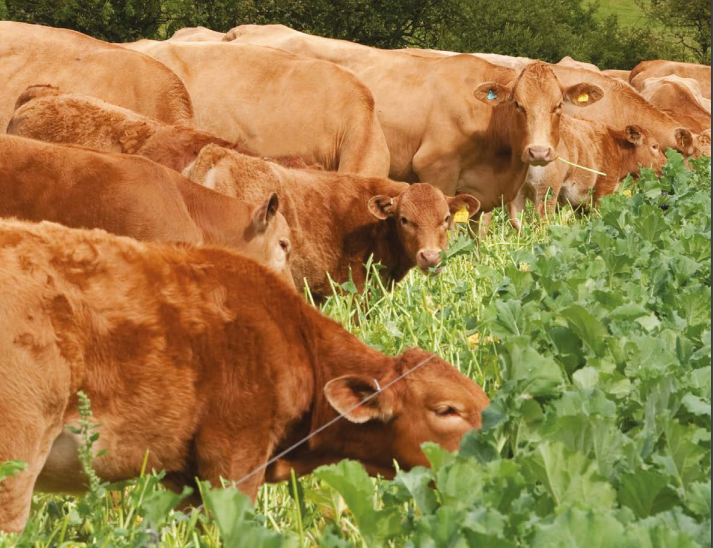December, fodder for thought
Sunday, 1 December 2019
December is the time to measure fodder stocks and analyse forages to make a winter budget, to calculate how much you have and what alternatives are needed.

Based on herd requirements, forage stocks and quality a feed budget allows you to calculate fodder availability, which can be done using our feed and forage calculator. If a fodder shortage is highlighted now is the time to consider options to address the situation.
If you have a shortage, your short-term options include:
- Evaluating livestock and selling any surplus stock such as empty heifers or cows
- Feeding alternative fodder to youngstock
- Assessing the value of alternative forages and feeds to stretch forage stocks by feeding other options
Looking beyond the price tag and checking fodder quality can pay dividends in supporting animal performance in a cost-effective way until turnout.
To help maintain a healthy rumen, a cow’s diet should contain between 50-55 per cent Neutral Detergent Fibre (NDF) with sufficient chop length to stimulate chewing, saliva production and rumen function. If you are short on bulk, baled silage, wholecrop and fodder beet are alternative fodder source for NDF and energy.
Neutral Detergent Fibre (NDF)
Neutral Detergent Fibre (g/kg DM or %) is a more complete measure of feed fibre content than Acid Detergent Fibre (ADF), including hemi-cellulose as well as cellulose and lignin. A particularly useful measure of the bulk of a diet in estimating intake levels, it usually ranges from 480-580g/kg (48-58%) in grass silages and 360-440g/kg (36-44%) in maize silage.
Energy and protein are the two major nutrients that determine the milk production potential of any feed. Analysing fodder and body condition scoring (BCS) cattle can help detect energy and/or protein shortages. BCS cattle regularly will allow early action to amend management where needed.
Dig deeper to see how certain fodder options stack up in terms of relative cost per unit of energy and protein. If you require energy or protein in the cow’s diet, select a feed commonly bought for this purpose and work out its cost per unit of energy or protein to use as a guide.
Concentrates such as soya and rape can be considered to improve energy and protein supply of the diet. Co-products such as distillers may also be a cost-effective to include if rationed correctly. Avoid making a costly mistake now and seek expert advice to formulate diets and evaluate viable alternative options.
Reduce the cost of bought-in feeds by buying in bulk, locating local sources to keep transport costs down and asking a number of suppliers for quotes.
Before buying in fodder ask yourself:
- Do I know the dry matter, metabolisable energy and crude protein contents?
- Is the NDF values sufficient to support good rumen function?
- How do they compare to other alternatives in terms of energy and protein?
Topics:
Sectors:
Tags:



